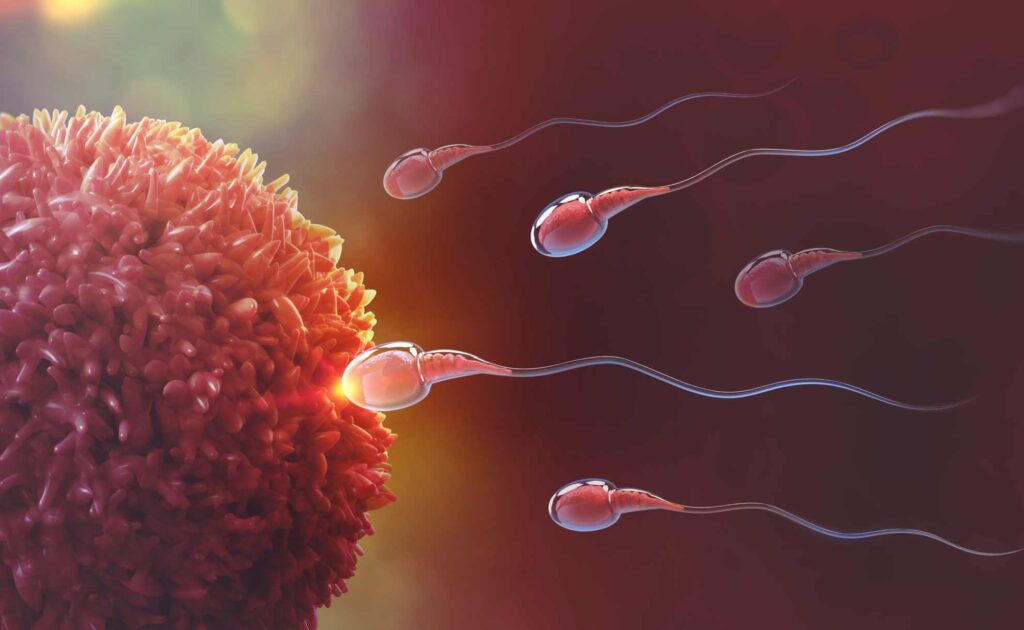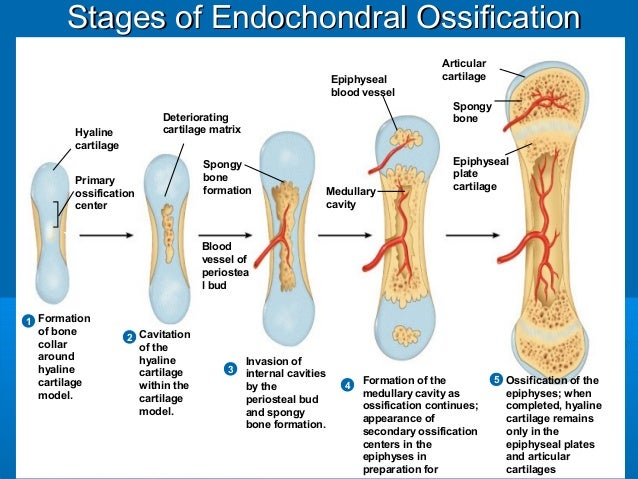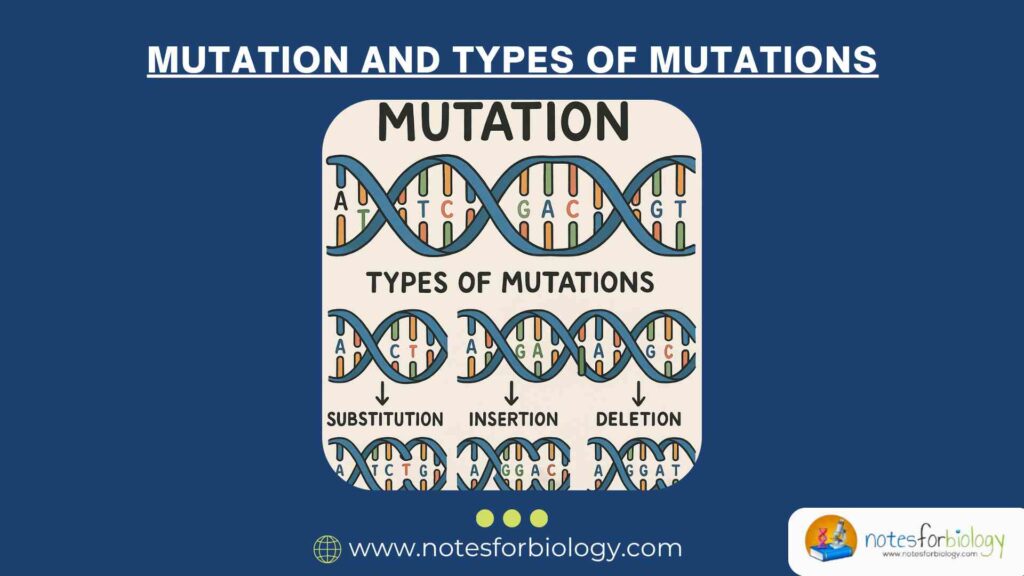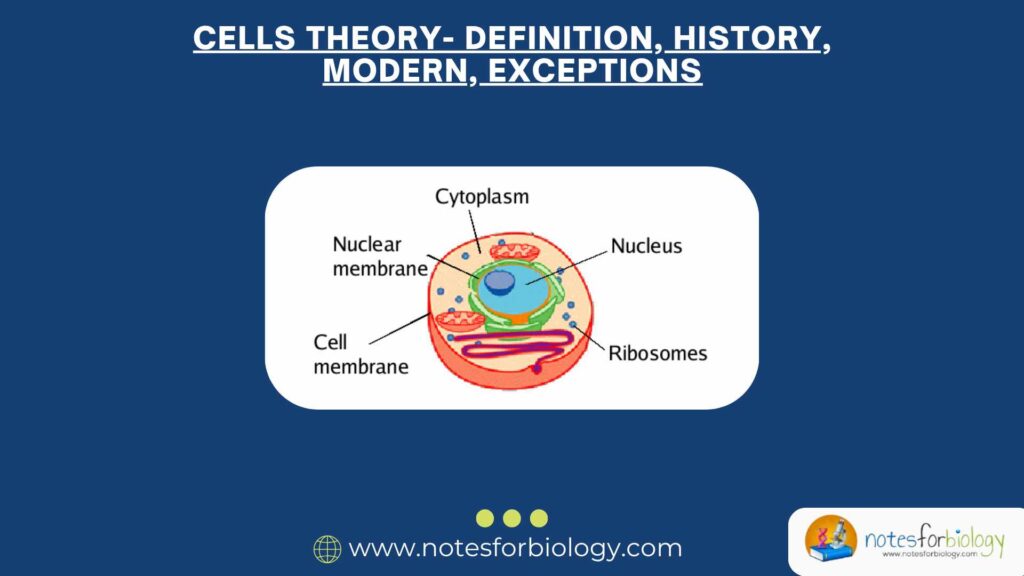1. Introduction
Cell fusion is an important process in both nature and science. It happens when two or more cells join together to form a single, larger cell. This new cell may share the membranes, cytoplasm, and even genetic material of the original cells. Cell fusion is not only a normal part of life (like when sperm fuses with an egg), but it is also a useful tool in laboratories and medicine.
This topic explores what cell fusion is, the different types, how it occurs, and why it matters.
Table of Contents
2. What is Cell Fusion?
Cell fusion is the process where two or more cells combine to form one unified cell. In this process:
- Their outer membranes merge.
- Their internal materials, such as cytoplasm and organelles, may mix.
- Sometimes, the nuclei also combine.

This can happen naturally (inside living organisms) or artificially (in labs using chemicals or electric shocks).
3. Why Do Cells Fuse?
Cells fuse for various reasons:
- To create new cell types.
- To repair damaged tissues.
- To reproduce (as in fertilization).
- For scientific research and medical treatments.
In nature, it helps in growth and development. In the lab, it is used in cancer research, vaccine development, and genetic studies.
4. Natural Types of Cell Fusion
Some cell fusion happens naturally in our body or in other living organisms.
A. Fertilization

- One of the most common examples of natural cell fusion.
- A sperm cell from the father fuses with an egg cell from the mother.
- This forms a zygote, the first cell of a new organism.
- The zygote contains a full set of DNA – half from each parent.
B. Muscle Development (Myogenesis)

- Muscle cells develop when myoblasts (muscle precursor cells) fuse to form large, multi-nucleated muscle fibers.
- These fibers help in movement and body strength.
C. Placenta Formation

- In pregnancy, certain cells in the placenta called syncytiotrophoblasts are formed by the fusion of many cells.
- These fused cells help in the exchange of nutrients between mother and baby.
D. Bone Formation

- Osteoclasts, the cells that break down bone tissue, are formed by fusion of several precursor cells.
- This fusion allows them to be large and powerful.
5. Artificial or Laboratory-Induced Cell Fusion
Scientists have learned to cause cells to fuse in the lab. This helps in studying diseases and developing treatments.
A. Somatic Cell Hybridization
- This is when two different body cells (somatic cells) from different organisms are fused.
- Example: Fusing a mouse cell and a human cell to study genes.
B. Hybridoma Technology
- This technique fuses a B-lymphocyte (a white blood cell that produces antibodies) with a myeloma cell (a cancer cell).
- This creates a hybridoma, a cell that can live long and produce specific antibodies.
- It’s widely used to produce monoclonal antibodies for vaccines and disease treatment.
C. Genetic Engineering
- Cell fusion is used to create genetically modified organisms (GMOs).
- This helps in developing plants with better resistance and higher yield.
D. Cancer Research
Scientists fuse cancer cells with normal cells to understand how cancer grows and spreads.
6. How is Artificial Cell Fusion Done?
There are several ways to cause cell fusion in a laboratory:
A. Using Chemicals
- Certain chemicals like polyethylene glycol (PEG) help make cell membranes more fluid so they can merge.
- This is the most common method.
B. Electrical Stimulation (Electrofusion)
- A small electric shock is applied to cells.
- The shock disrupts the membranes and allows them to fuse.
- This method is more controlled and precise.
C. Virus-Mediated Fusion
- Some viruses naturally cause cells to fuse.
- Scientists can use these viruses to create fusion in a controlled setting.
7. Types of Cell Fusion
Based on the type of cells and how they fuse, cell fusion can be classified into different types.
A. Homotypic Fusion
- Fusion between same type of cells.
- Example: Fusion of muscle cells during development.
B. Heterotypic Fusion
- Fusion between different types of cells.
- Example: Fusion of an immune cell and a cancer cell for research.
C. Nuclear Fusion
- After the cell membranes merge, sometimes the nuclei also fuse.
- This can result in mixing of DNA.
D. Cytoplasmic Fusion (Without Nuclei)
- Only the cytoplasm merges; the nuclei stay separate.
- This is useful in genetic studies where only the cytoplasm is of interest.
8. Applications and Significance of Cell Fusion
Cell fusion is not just a biological process; it has great importance in medicine, agriculture, and research.
A. Monoclonal Antibody Production
- Hybridomas produce monoclonal antibodies used in:
- Cancer treatment
- COVID-19 therapies
- Diagnostic tests
B. Vaccine Development
Fused cells help create vaccines by producing viral proteins or antibodies.
C. Cancer Treatment and Research
Studying fused cancer cells gives insight into tumor growth and drug resistance.
D. Regenerative Medicine
- Fusion helps understand how tissues regenerate.
- It may lead to treatments for injuries or organ damage.
E. Cloning and Genetic Engineering
Fusion of cells is used in creating clones and genetically modified organisms.
F. Plant Breeding
- Somatic hybridization is used to develop new plant varieties.
- Helps improve resistance to diseases and environmental stress.
9. Limitations and Challenges
Even though cell fusion is useful, it comes with some limitations:
A. Low Fusion Efficiency
- Not all cells fuse easily.
- Scientists must use precise techniques to increase success.
B. Risk of Unwanted Effects
Fusion may change the behavior or genetic structure of cells unpredictably.
C. Ethical Concerns
Some uses, like cloning or creating hybrids from human and animal cells, raise moral and ethical questions.
D. Complexity of Process
It requires specialized equipment and careful handling.
10. Summary Table
| Type | Description | Example |
|---|---|---|
| Natural Cell Fusion | Happens in the body during development or function | Fertilization, muscle formation |
| Artificial Cell Fusion | Done in labs using chemicals or electricity | Hybridoma production |
| Homotypic Fusion | Same type of cells fuse | Muscle cells |
| Heterotypic Fusion | Different types of cells fuse | B-cell with cancer cell |
| Nuclear Fusion | Nuclei of cells combine | Zygote formation |
| Cytoplasmic Fusion | Only cytoplasm merges | Cytoplasmic gene transfer |
11. Conclusion
Cell fusion is a fascinating process found in both nature and science. It plays a vital role in many biological processes like reproduction, development, and tissue repair. It is also a powerful tool in medicine and biotechnology. From producing life-saving antibodies to helping in genetic studies, the impact of cell fusion is vast.
As technology improves, the possibilities of using cell fusion in regenerative medicine, cancer therapy, vaccine development, and even artificial organ creation continue to grow. Understanding how and why cells fuse helps us solve complex biological problems and opens new doors in science and medicine.
FREQUENTLY ASKED QUESTIONS
What is cell fusion?
Cell fusion is the process where two or more cells merge into one single cell, combining their membranes and sometimes their nuclei. It can happen naturally in the body or be created artificially in laboratories for research and medical purposes.
What are the natural examples of cell fusion?
Natural examples include:
Fertilization (sperm and egg fusion),
Muscle development (fusion of myoblasts into muscle fibers),
Placenta formation (fusion of cells in pregnancy),
Bone remodeling (fusion of cells to form osteoclasts).
Why is cell fusion important in medicine and research?
Cell fusion helps in:
Producing monoclonal antibodies (for vaccines and treatments),
Studying cancer and genetic diseases,
Creating hybrid cells for cloning and regenerative medicine,
Improving crop quality through somatic hybridization.
Related Articles




